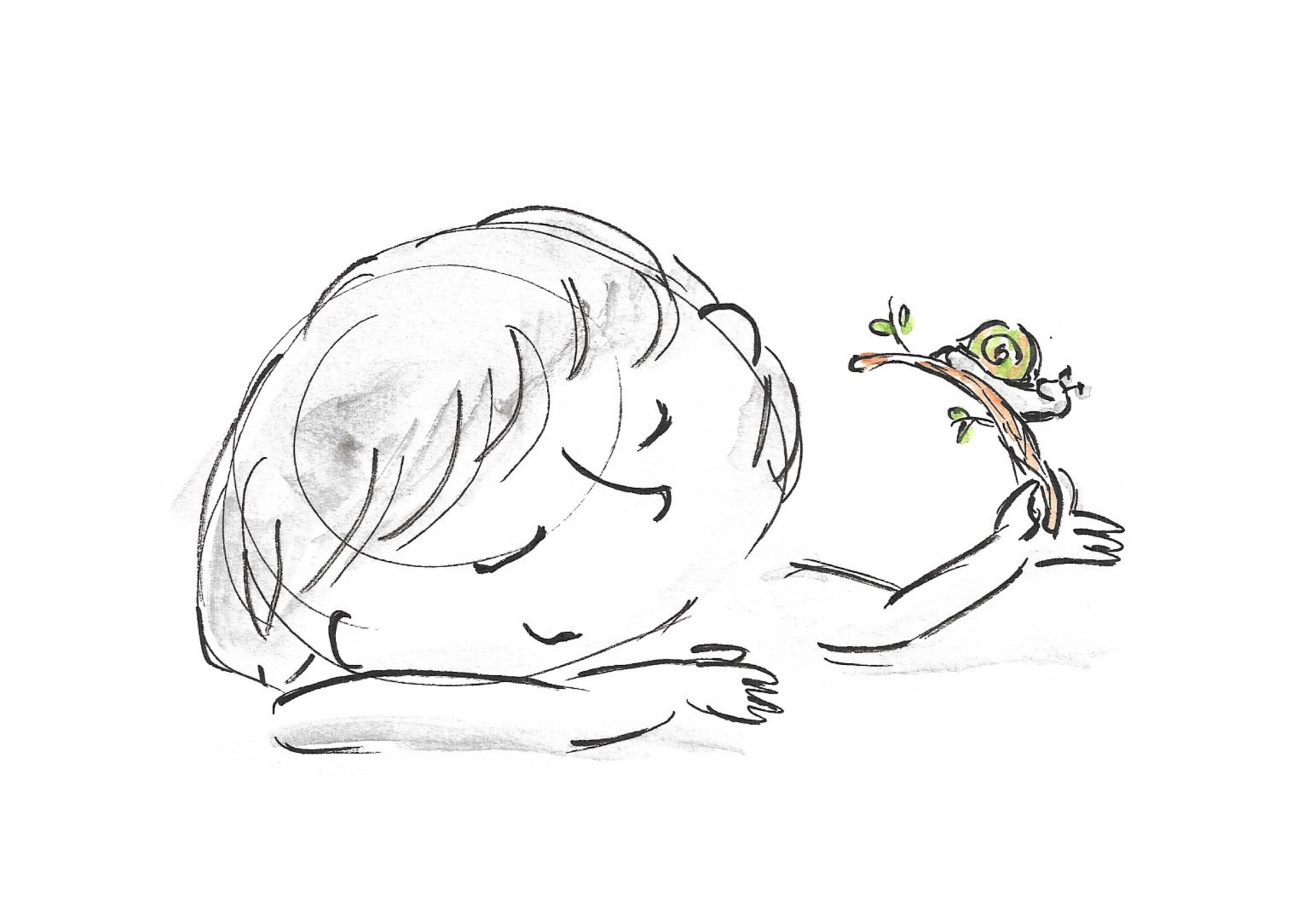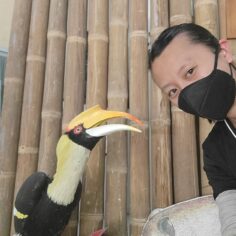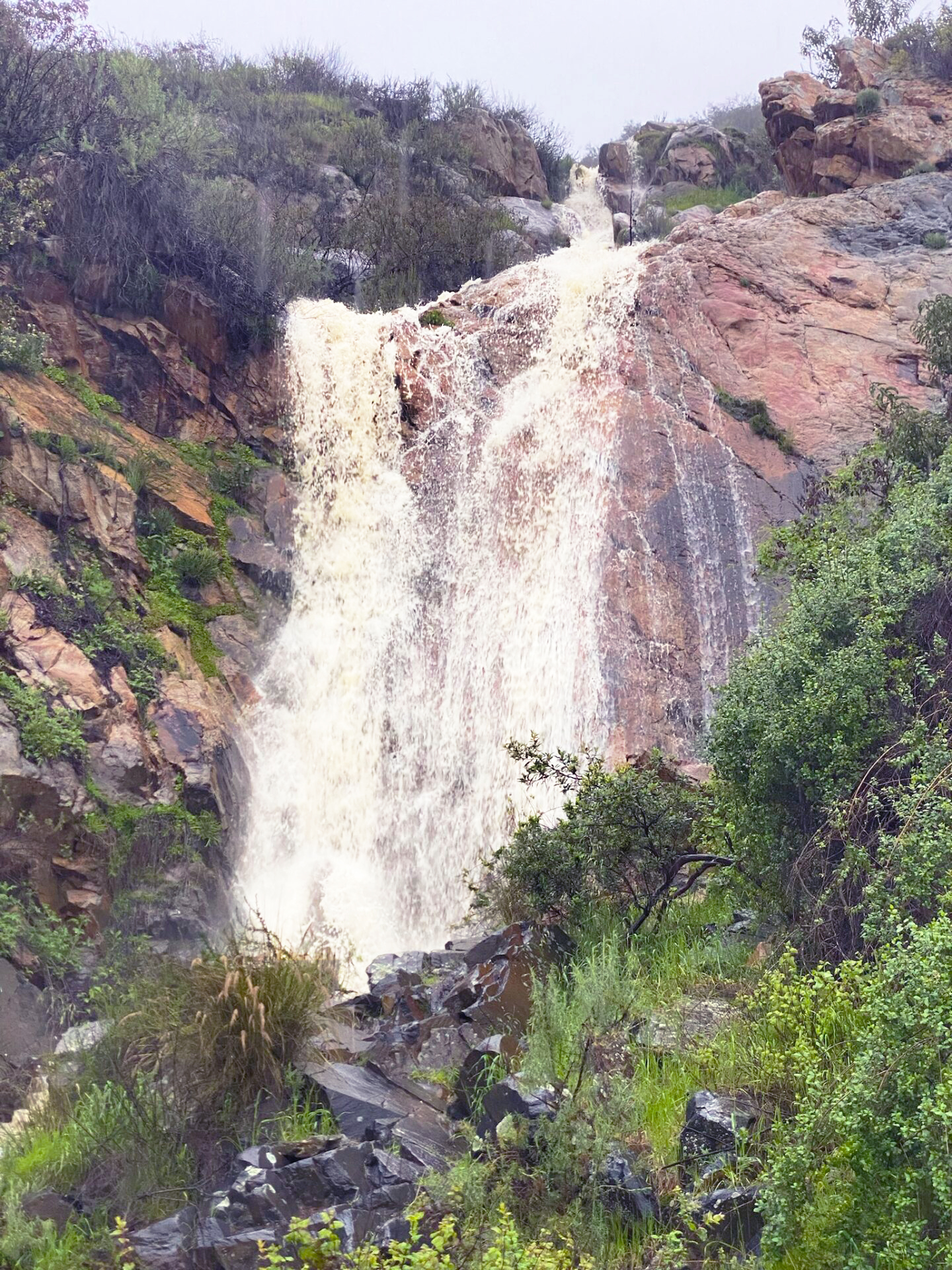By Nguyễn Bảo Châu on
A scientist surrounded by urban sprawl, Nguyễn Bảo Châu connects to her grief of losing her father while she asks: How can I practice mindfulness to connect to nature, see through grief, and transform climate despair?
Where is my urban forest?
I see street trees and human-constructed buildings in my urban forest. I live, work,
By Nguyễn Bảo Châu on
A scientist surrounded by urban sprawl, Nguyễn Bảo Châu connects to her grief of losing her father while she asks: How can I practice mindfulness to connect to nature, see through grief, and transform climate despair?
Where is my urban forest?
I see street trees and human-constructed buildings in my urban forest. I live, work, and play in this urban sprawl, called the Inland Empire (IE), as I have for most of my life. I drive over an hour south to retreat in Deer Park Monastery’s chaparral a few times a year to heal in natural sounds. What can I do to connect to nature where I live, in a place without many natural sounds?
I arrive at niệm (mindfulness), định (concentration), and tuệ (wisdom) to recollect the beat of the forest. I invite you to read about my scientific inquiry process into how mindfulness practices enhance nature connections and transform climate crisis despair.

Niệm: mindfulness to the beat of the forest
I traveled to Thailand last summer on an Earth Expedition (EE), a Miami University study-abroad course that engages in grassroots conservation and sustainability. I studied in the forest of Khao Yai National Park with my graduate class.
We practiced various contemplative practices. In one exercise, we practiced deep listening in pairs. One person was the listener, and the other person was the speaker. We were to deeply listen without interruption for three minutes while one person told a life story. Afterwards, the other person was to retell the story we heard before switching roles.
When my turn came to speak, I felt strong emotions of grief about my dad’s passing and asked to sit outside with my partner, Kim. A pair of hornbills flew and perched on the tree. Kim said, “The hornbill is a sign from your dad!” I connected with the possibility that my dad sent the hornbill to listen to my grief pour out.
Định: Be still and know
The koan “Be still and know” came to life when community-based conservation experts from the Thai Hornbill Foundation took us to the forest to do a one-hour solo meditation. Twenty of us walked, one in front of the other, like ants. If you stepped a few yards away from the trail, you could lose your way in the thick trees.
We slipped off one at a time into pre-scouted areas to sit. I unrolled my linoleum mat on the forest floor. Sitting, I saw a fallen log. Then, I saw a termite hill. I sat with attention and awareness to develop concentration, and I saw my dad in the termites. Fallen leaves or other creatures can mess up the termite hill, but the termites fall in line to work together and continue building. Culturally, my dad was raised to live out his role as a provider. He worked around obstacles that fell in his way to build a stable life for my family.
I lit three sticks of joss incense and offered three touchings of the earth. The incense smoke deterred mosquitoes from biting so I could sit with định, or concentration. I had performed this ritual of lighting incense at the family altar many times. That day, however, held a profound meaning. I saw my dad as a termite. I sat and saw butterflies, gnats, ants, centipedes, spiders, and birds. Then the forest canopy went quiet.
A shower of rain drummed softly on the leaves. I stood up to keep from getting drenched. I was uncomfortable in the rain. It poured down in waves. When the sun came out through the trees, its warmth was so pleasant. The weather made me aware of my body and that the natural environment gave me everything I needed. It gave me ecoservices like protection from the rain, shade from extreme heat, and climate moderation, and it offered a home for other living beings to exist. I was in good company.
Tuệ: the wisdom of termites and trees
My dad was like the fallen log I had seen when I arrived at my sitting spot. He had provided food and shelter for his family and relatives. He continues to give me strength and energy as his body returns to the earth, giving energy. I reflected on his connection to his neighbors and his role in my life. When I sat still and observed the life around me, I saw all the plants, insects, and animals living out their roles in the ecosystem. Rain quiets the earth and sunlight refreshes us with life. Wisdom, or tuệ, arrived while sitting and standing in the forest and listening to birds and the life instructions from the trees around me.
Return to the urban forest with an aspiration
I returned to the cities of California with an aspiration to act. Hornbills do not live in California, but I followed my hornbill curiosity by listening to resident birds through the Merlin app on my phone. Scrub jays, hummingbirds, mockingbirds, warblers, and sparrows—I suddenly noticed more birds in the backyard. I stopped to listen to them and learned their names, songs, and silhouettes.
I sought out Clean and Green Pomona (C&GP), an environmental nonprofit, to volunteer and connect with environmentalists. We systematically investigate the city’s environmental priorities and work toward finding solutions together. C&GP formed a dozen years ago and I had previously been aware of it; however, much like the trees and birds, now I finally saw the organization. With fresh eyes to see and ears to listen, my climate crisis despair grew smaller by being in a community. I volunteered to take photos at C&GP’s tree plantings. While there, I learned about street trees and noticed them driving to my mom’s house. I drove past these trees for years, but now they have names: California fan palm, sycamore, live oak, and crepe myrtle.
I read C&GP’s published reports, reviewed their initiatives, and, in meetings, I noticed the organizational culture. C&GP invites and includes as many voices as possible. I visited the Parks and Recreation meetings and Planning Commission meetings with C&GP. I practiced listening deeply to the speakers. It was refreshing to be out of my head and focused on listening. The contemplative practice I did with my friend Kim from the EE course refreshed my mind so I could truly participate in civic meetings.
Reflections and clarity for hope
The human body is composed of many living systems. It feels relaxed in nature. In a built-up environment, the body shows tension and stress from hearing the unnatural sounds of vehicles echoing on freeways. Tuning into our bodies, we can choose how to act. Will we notice our body’s cues when under prolonged micro-stressors? Nature exists in urban spaces when we stop. Birds and street trees carry instructive seeds of joy. Will these seeds send you to the local Care-Taking Council or city commission?
I am a scientist seeing direct experiences as evidence. Even if my mind doesn’t register things first, my body is full of living systems. When I sit still to know, I remember to work toward protecting stillness and natural sounds in my city.


